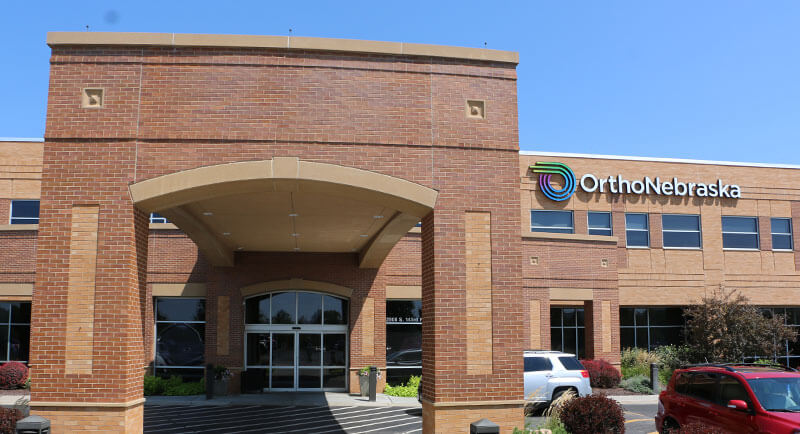What is a Knee Cartilage Transplant?
Your surgeon will take healthy cartilage (called a graft) from one part of a joint to repair another part of the joint. The graft is taken from a non-weight bearing part of the joint, matched up to the damaged area and then put into place. The new graft will then leave a smooth exterior in the joint.
Knee cartilage transplants are only done in areas where there’s smaller damage, because a graft can only be taken from a small area from the same joint. They are typically performed via a small camera called an arthroscope, meaning the incision will be smaller and recovery quicker and easier than with open surgery.
When the damaged area is too big for an autograft, you may have to undergo an allograft, which will require open surgery. An allograft is tissue taken from a cadaver donor. Just like an autograft, it’s taken from cartilage and bone. It is sterilized and tested for any possible disease. An allograft allows your surgeon to more accurately cut and place the cartilage in your damaged joint.
Other names that refer to a type of knee cartilage transplant include:
- Autologous Chondrocyte Implantation (ACI Surgery)
- Carticel
- Osteochondral Allograft Transplantion Surgery (OATS Surgery)
- MACI
Who should have a Knee Cartilage Transplant?
This is a surgery typically used in younger, active people who have worn cartilage in the knee. It’s sometimes considered a good option to delay on onset of arthritic symptoms in the knee from ‘bone on bone’ wear.
Does a Knee Cartilage Transplant work?
This surgery is a newer procedure without a lot of definitive studies to indicate how well it works in general. However, most sports medicine surgeons would agree that the future of cartilage restoration is promising. Individual patients have seen very good results. Our surgeons are dedicated to monitoring new advances in technology to give you the best chance at maintaining a high level of activity following knee cartilage transplant surgery.
What can I expect when I have a Knee Cartilage Transplant?
You may need a pre-surgical physical to make any necessary accommodations based on your health history. When you arrive at the hospital, you’ll speak to your surgeon and anesthesiologist. You are likely to put to sleep (general anesthesia) and be placed face up for the procedure. The procedure generally takes a few hours and you will need someone to drive you home a few hours after your surgery.
You may have to have to keep your graft site protected for an extended amount of time and crutches may have to be used for a few weeks. You will receive specific instructions on this before you leave the hospital.
Physical therapy will likely aid your recovery process as you attempt to gain back strength and range of motion in your knee. If you’re an athlete, it may be a few months before you’re able to return to significant activity.







